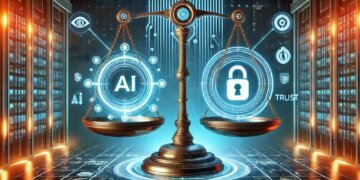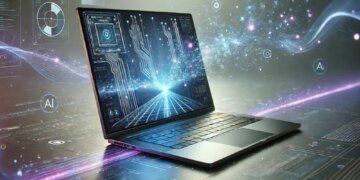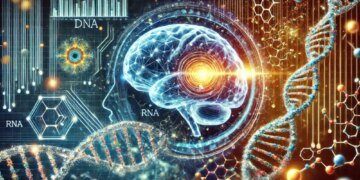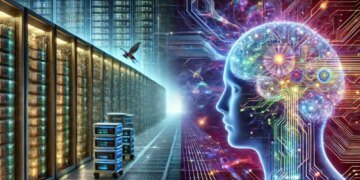# Understanding AI World Models and Their Grasp on Physical Laws 🚀
The realm of artificial intelligence is perpetually evolving, with one of its most captivating questions being: Can AI authentically grasp the physical laws that govern our universe? As AI technology burgeons, **world models** emerge as critical tools to mimic and understand the complexities of their environment. Though these models serve as an AI’s vantage point into understanding elements such as gravity, motion, and causation, we must delve deeper to discern whether this understanding is genuine or merely computational.
## The Essence of AI World Models 🌍💡
AI world models function as sophisticated simulations reflecting how AI perceives and interacts with the physical world. Originating from extensive datasets, these models endow AI systems with potential predictive capabilities and the ability to navigate our environment. The objective is to equip AI with the foresight to predict the repercussions of their actions in diverse scenarios, potentially transforming fields such as:
## The Debate: Understanding vs. Simulating 🔍🤖
Central to AI discourse is the debate over whether AI truly “understands” the laws of physics or merely simulates outcomes derived from data patterns. While AI mechanisms like neural networks excel at pattern recognition, enabling them to predict outcomes with uncanny precision, skeptics question whether this constitutes genuine understanding.
Understanding signifies a deeper comprehension beyond mere memorization or pattern matching. It’s about discerning the rationale behind occurrences, not just predicting possible outcomes. For instance, an AI might accurately forecast the path of a ball in motion, yet it’s questionable whether it truly comprehends the Newtonian mechanics underpinning this motion.
### Advances and Challenges in AI’s Understanding of Physics 🛠️🧠
Despite skepticism, there have been marked advancements in AI’s capability to model physical phenomena. Innovations in **reinforcement learning** and **deep learning** are propelling these strides forward, with AI increasingly employed in scientific domains to facilitate pioneering simulations of intricate systems, from weather patterns to cosmic formations.
However, significant challenges persist:
## The Future: Towards Genuine Understanding? 📈🌈
The quest for AI world models to genuinely comprehend physical laws remains a compelling pursuit for researchers. As algorithms become more refined and as data sources proliferate, there lies the potential for these models to inch closer to a heartfelt understanding of the natural world.
While current AI systems can simulate and predict with remarkable accuracy, the journey toward authentic understanding is ongoing. The lynchpin is developing models that not just process data, but are capable of deriving insights and gaining wisdom akin to human cognition.
In conclusion, as AI advances, the boundary between simulation and comprehension may become obscured. Embracing this ambiguity while fostering innovation will be instrumental in defining AI’s future role in unraveling the intricate tapestry of physical laws that shape our universe. Remain vigilant and engaged as we anticipate a future where AI might transcend mere simulation to genuinely understand the cosmic order. 🧩🌌




















































